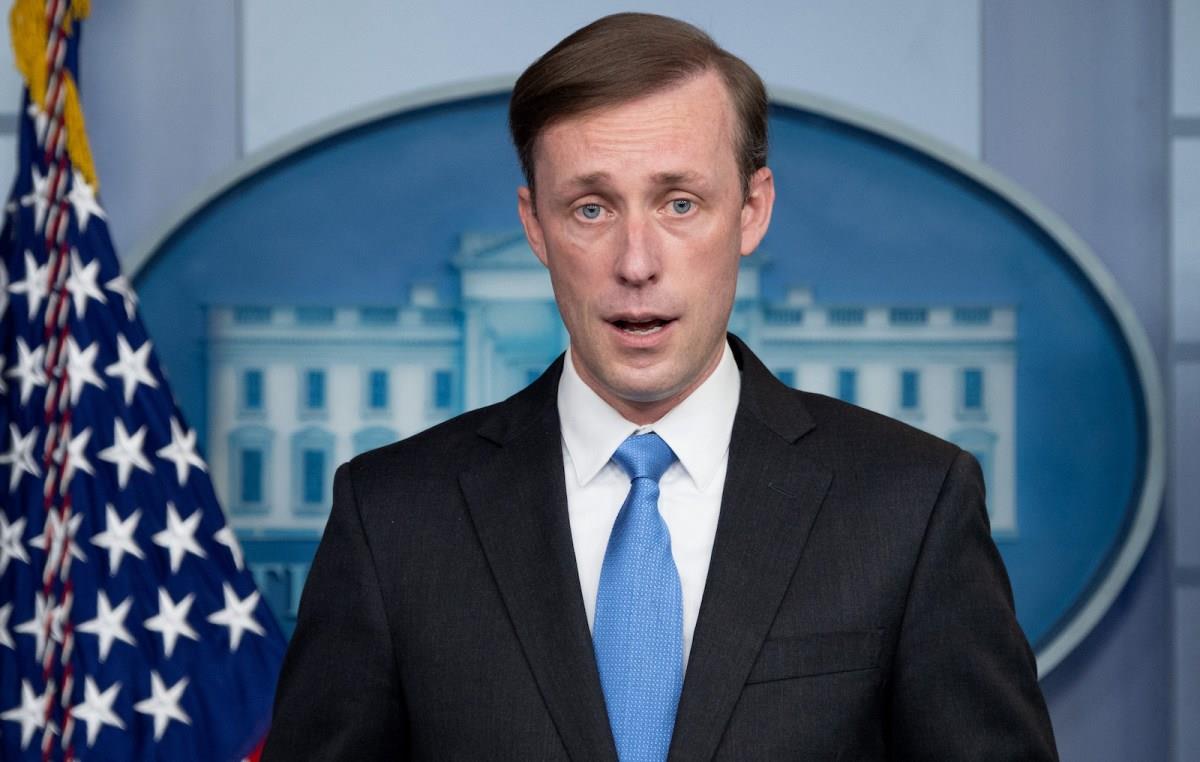(MENAFN- Asia Times) US national security adviser Jake Sullivan recently came to the Brookings Institution to deliver a speech presenting
the biden administration's international economic strategy . There are several things in Sullivan's speech that have been well received by many economists, but also some areas of concern.
What is positive about the strategy is the recognition that economic strength is the foundation of national security. That US partnership with its allies, especially in Asia and Europe, is a foundation of economic security and that concerns about China's trade practices should not lead to complete decoupling of the West from China.
Also read: us in an ill-conceived turn to neo-mercantilism
Sullivan used the image of a small yard with a high fence – that is, there are technologies with security importance where we Americans want China out of the supply chain (the high fence), but this will affect only a minor part of the US economy (the small yard). Other economic exchange with China can proceed, as can cooperation on global public goods such as carbon reduction and development assistance.
What is worrisome about the strategy is the heavy focus on industrial-policy measures that involve both subsidies and protection of the domestic market through“Buy American” provisions. Subsidies are well justified for issues with large externalities, but protectionism will prove to be a mistake.
President Joe Biden's administration is using one instrument, industrial policy, to hit two targets – to protect national security and to bring back manufacturing jobs. By trying to hit two targets, each one is to some extent undermined.
In the domain of national security, the“Buy American” provisions make it more expensive to achieve US goals. Take, for example, the energy transition.
The Biden administration believes, correctly, that a transition to electric vehicles and renewable generation of power is key to America's long-term prosperity and security. But the“Buy American” provisions will make electric cars, batteries and renewable technologies more expensive in the United States than elsewhere, slowing down the transition.
Concerning the second target, generating manufacturing jobs in the United States, the administration's approach is very indirect. It consists of subsidizing the buildup of capital stock, both through direct subsidies and indirectly through import protection, with the hope that more capital stock will generate more jobs.
Assuming that the proposed infrastructure construction and
investments in semiconductors
and electric vehicles actually proceed, there will be
apparent
job creation. But some, perhaps all, of the workers involved will be pulled from elsewhere in the economy, including from other manufacturing employment.
After all, the United States currently has a 3.7% unemployment rate, so there are not a lot of under-utilized workers. There is no guarantee that there will be net manufacturing-job creation.
In addition, the world has changed so that average manufacturing wages in the United States are now
lower than average wages
in the rest of the private sector. The idea that manufacturing jobs in the United States are particularly well-paying is outdated.
If we are concerned about good jobs, as we should be, a more direct approach would be to focus on labor issues, including building a better environment for union organizing, shoring up social security, providing public support for childcare and preschool education, and investing in mid-career retraining. These are all likely to have broader effects on workers than subsidizing a small amount of manufacturing production.
To be fair to President Biden, these social measures are all part of his broader agenda. But the administration's focus has been on its industrial-policy measures, and now there seems to be little chance of advancing its social agenda given a divided US Congress. The risk is that over the next few years there will be little or no progress in the manufacturing renaissance and that this failure will be evident and politically salient.
A further issue is how these protectionist measures are viewed by US allies. Biden has done a great job of rebuilding security alliances with partners in Asia and Europe, which is a key part of the US strategy.
The United States has been a leading force in building the coalition to support Ukraine in its resistance to the Russian invasion and has rallied its partners to counter China's economic coercion. But many partners are
unhappy with the us turn inward , as reflected by its decision to drop out of the Trans-Pacific Partnership and by
its recent protectionist measures .
US partners generally liked
sullivan's language
about the small yard with a high fence, since they do not favor decoupling from China. But there is some skepticism from allies, and even more so from China, that the United States is sincere in keeping the yard small. The United States will be rolling out additional export and investment controls aimed at China, and even if each step seems small, the general trend is toward decoupling.
The unwillingness of the United States to engage in new trade and investment liberalization is a serious flaw in its strategy. It leaves the field open to China to strengthen its economic ties with countries all around the world.
As a result, the US international economic strategy is likely to achieve mixed results at best. One hopes the United States will eventually respond by returning to promoting an open global economy and leading by example.
This
article
was first published by East Asia Forum, which is based out of the
crawford school of public policy
within the
college of asia and the pacific
at the
australian national university . It is republished under a Creative Commons license.
Like this:Like Loading...




















Comments
No comment